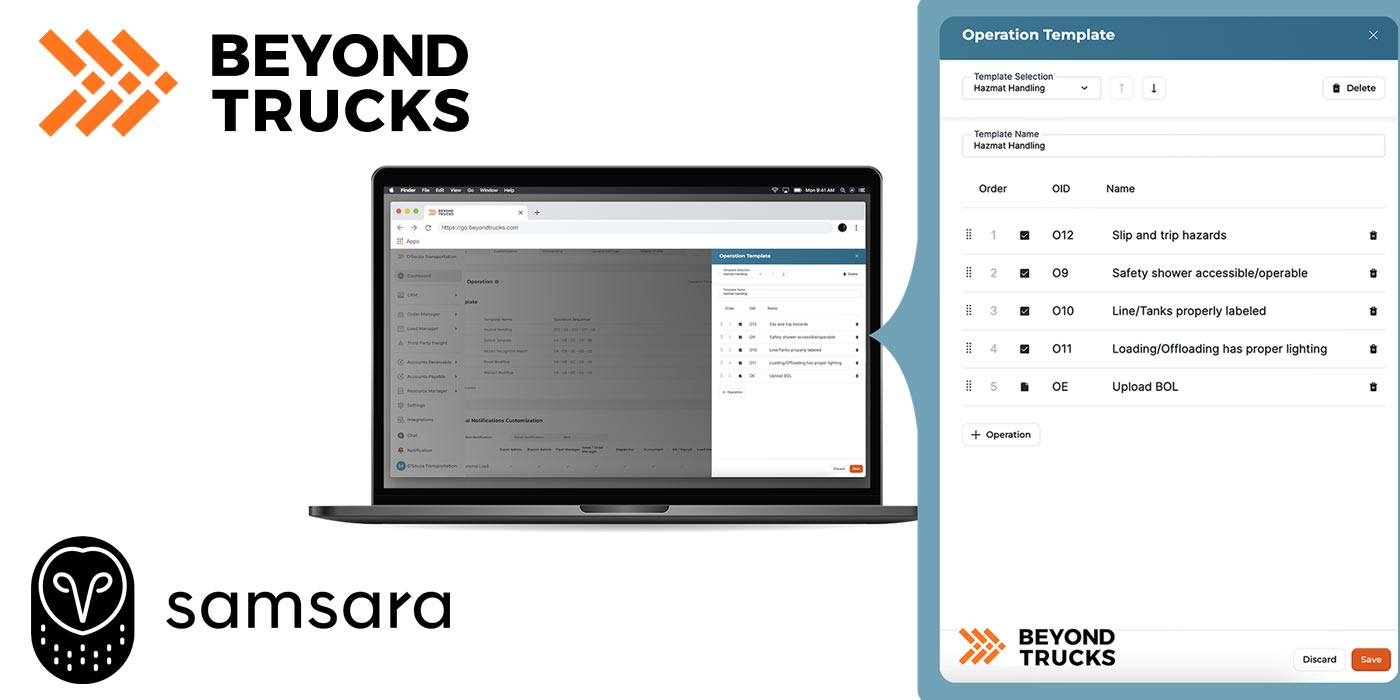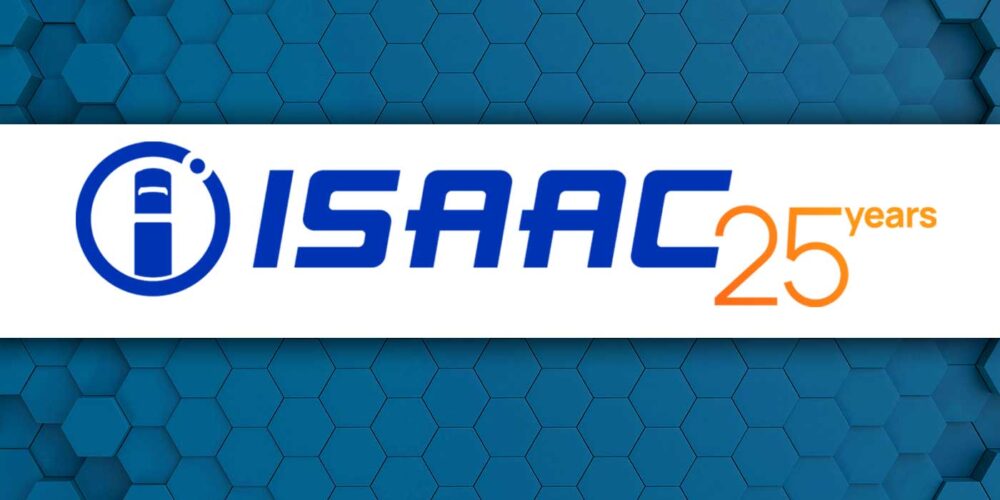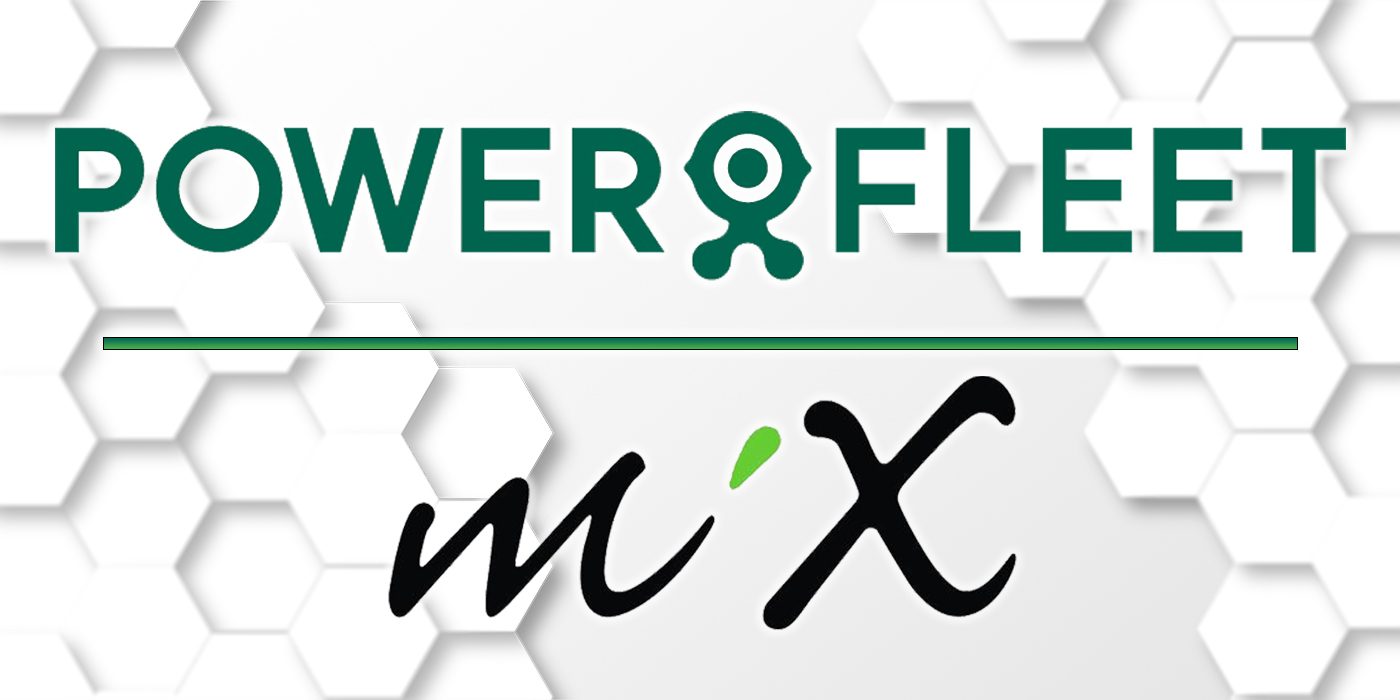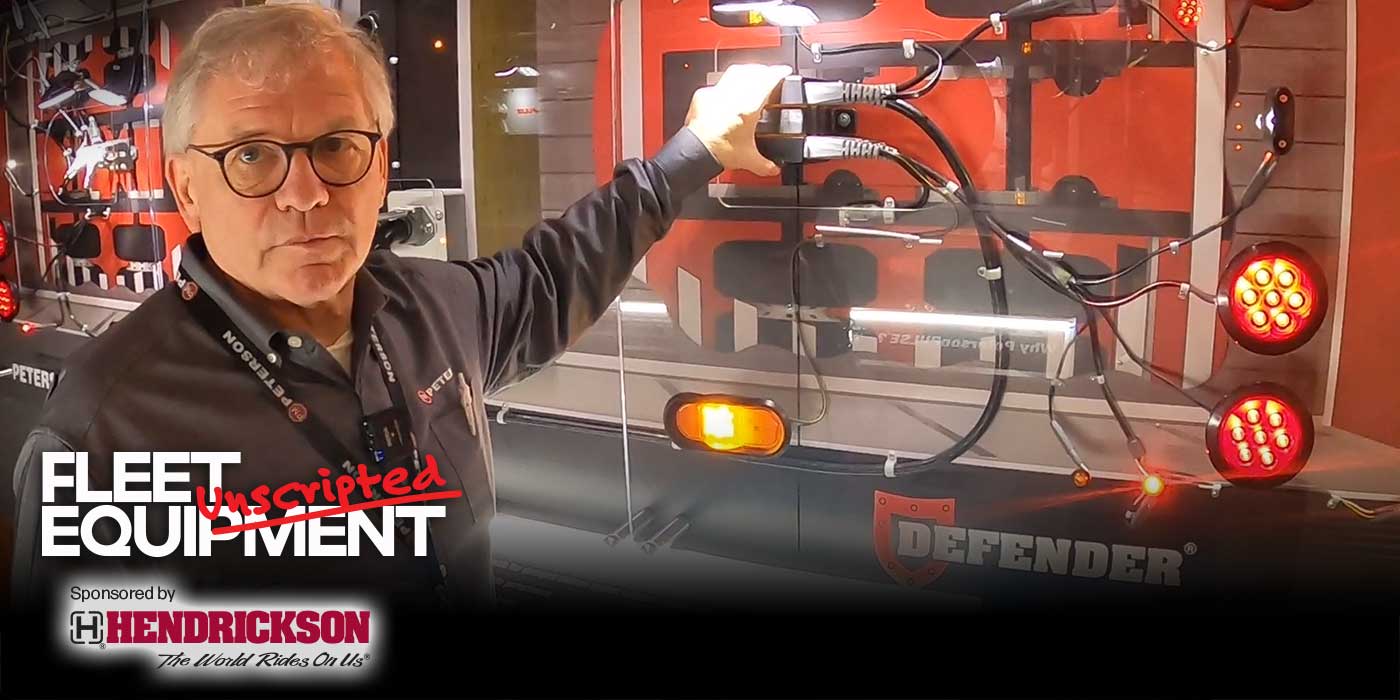What if a fleet management solution can help make your fleet more productive and more profitable for less money, regardless of your business size?
Large fleets have several key concerns when it comes to running their business. Obviously, they want to offer their customers good response time. They want their drivers to have a good experience with the company. They aspire to offer great customer service. They also want to increase their job volume, improve driver productivity and run their business as efficiently as possible, keeping fuel and maintenance costs low. And they want to have some insight into how their business is running day-to-day, monitoring historical information on jobs/loads, while maintaining accurate information and a good safety record to keep liability costs and insurance premiums low.
Small fleets have exactly the same concerns. Fortunately, the latest generation of fleet management solutions help all sizes of fleets, small to big, put all of their business concerns to rest.
Fleet management solutions have evolved from simple GPS-based vehicle tracking into comprehensive business solutions capable of benefiting operators across the entire fleet industry. Today’s fleet management solutions have come a long way since GPS was first introduced to the market a few decades ago. Ten years ago, it was perfectly acceptable (at the time it was considered quite revolutionary) for your GPS software to refresh every five or ten minutes. Reports were pretty basic and the upfront costs were very high. It often took a fleet several months to see any kind of payback on their GPS investment.
While GPS remains a core component of today’s offerings, fleet management solutions have expanded to include vehicle tracking, driver coaching and fuel management, order dispatch, reporting and back office integrations help fleets of all sizes access more data faster, capture critical information that helps dispatchers deal with rising job volumes and maximize staff and driver productivity.
For instance, the addition of telematics and engine diagnostics to a fleet management solution now provides fleet operators with essential information, such as being alerted when a vehicle’s engine light goes on before a driver shares that update, so operators can become far more proactive in their maintenance efforts. It’s a measure that can help reduce operating costs and improve vehicle longevity. Fleets can use the telematics capabilities within a fleet management solution to monitor a host of engine data, from vehicle temperature and tire pressure, to idling time and fuel consumption, to door locks and back trailers.
Fleet management solutions have also evolved over recent years from standalone systems to become highly integrated into the day-to-day business of the fleet world. Robust integrations with scheduling, planning and dispatch back office systems, as well as many customer relationship management systems, means that data flows back and forth between dispatch and the driver, helping to streamline business processes and realize new efficiencies.
Fleet management systems are also becoming more affordable. With many cloud-based fleet management solutions now available, these systems are becoming easier to install and less costly to maintain. With no need for IT involvement, fleets can be up and running in just a day, making the solutions far more accessible to smaller owner/operators. Small adoption hurdles and lower maintenance costs also mean fleets can realize improved return on investment (ROI) from their fleet management software investment. Many owner/operators report a six- to nine-month ROI, and the use of innovative fleet management can reduce the total costs of a fleet between 15-20%, and in exceptional cases even by 30%.
Here’s just a few ways fleets of all sizes are realizing benefit from advancements in fleet management software:
From ‘Where’s my truck?’ to ‘How are my assets being driven?’
Fleet operators’ needs have evolved beyond “where’s my truck?” The emphasis is now on productivity and efficiency. An advanced fleet management solution now offers automated driver coaching, a capability that allows an owner/operator to virtually ride alongside the driver, offering real time in-cab feedback and coaching, to help them avoid things like harsh braking, speeding or turns. This translates into a better understand real-time driving behaviors, an improved overall safety record for the fleet and lower fuel costs.
From ‘Does anyone know where my driver is?’ to ‘Show me the status of my driver at this exact moment.’
Eliminating the need to call around for status information, an advanced fleet management solution today provides dispatch with up-to-date, accurate information on a driver’s status, showing if he/she is en route, arrived at location or loaded. It’ll also give you valuable information such as estimated time of arrival at destination. And if the driver is on a lunch break, you’ll know that too. Ruggedized customizable driver terminals offer turn-by-turn spoken directions, providing drivers with efficient routes that enable them to get to their destination more quickly and more safely while helping them to avoid traffic, construction and other slow downs.
From ‘Paperwork overload’ to ‘Seamless dispatch efficiency and improved order management.’
All of the information above is critical information for a fleet operator’s dispatch team. The more quickly and efficiently they can complete a route/delivery, the more possible it is for dispatch to keep up with growing call volumes and customer demand. The business also wins, because moving through calls quickly means that transactions can be processed and invoiced more quickly, and more efficient communication between office and the field means fewer errors and reduced overhead. Greater insight into a driver’s location at any point in time, coupled with near-real-time traffic updates can optimize routes to make most efficient use of a driver’s time, and possibly, fit in more deliveries per day.
From ‘Basic communication’ to ‘Full business integration’
There’s a huge difference between being able to send data to a truck via a text message, and two-way communication where information flows seamlessly between vehicles and the systems you use to run your business. Integration plays a key role with every major fleet software program and many of today’s back office routing and scheduling software applications have the ability to work with fleet management solutions. Fleet management solutions also enrich back office systems with data coming in from the road and integrate with financial management packages such as Quickbooks to simplify the accounting and billing process.
From ‘Operational inefficiency’ to ‘Maximum productivity.’
Today, fleet owner/operators want to see more. The more data they can collect, the better visibility they have. This means as an operator, you can dispatch more efficiently. You can ensure that your fleet of vehicles is more proactively maintained. You can take steps to make your entire operation more productive, and the business decisions you make can be done with good access to information.
Fleet management solutions are becoming increasingly affordable and feature rich, and can clearly benefit fleets of every size, helping small fleets run more efficient productive operations, reduce operating costs and boost profit; yet more than 75% of fleets with fewer than 25 trucks are still using manual paper-based methods to run their business. Maybe it’s time to make a change.
This article was contributed by Torsten Grunzig, director of sales for TomTom Telematics North America.













